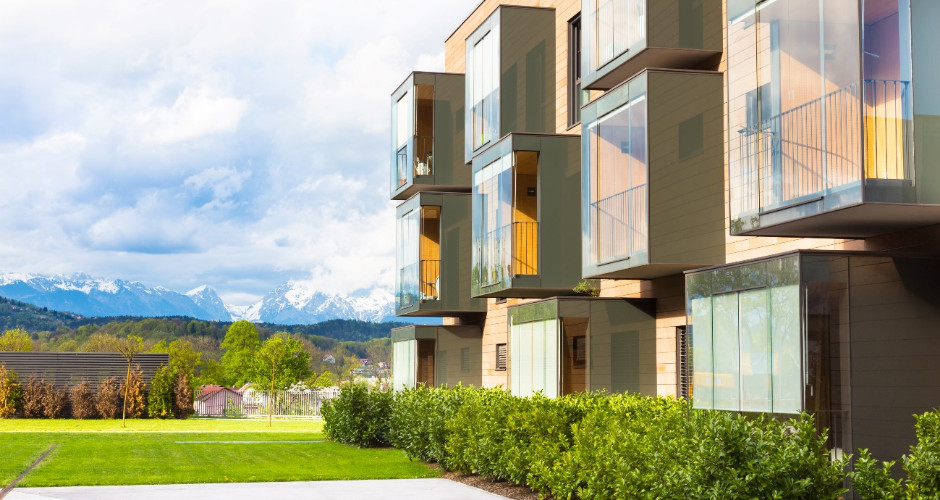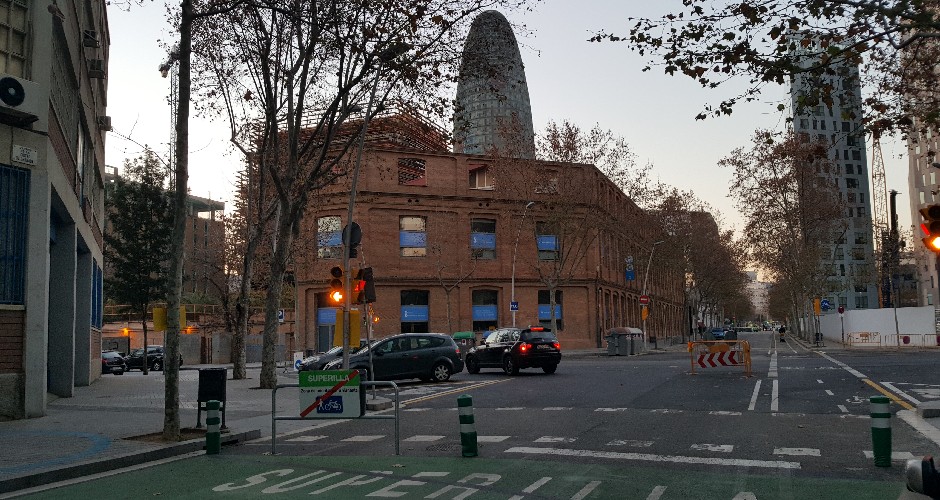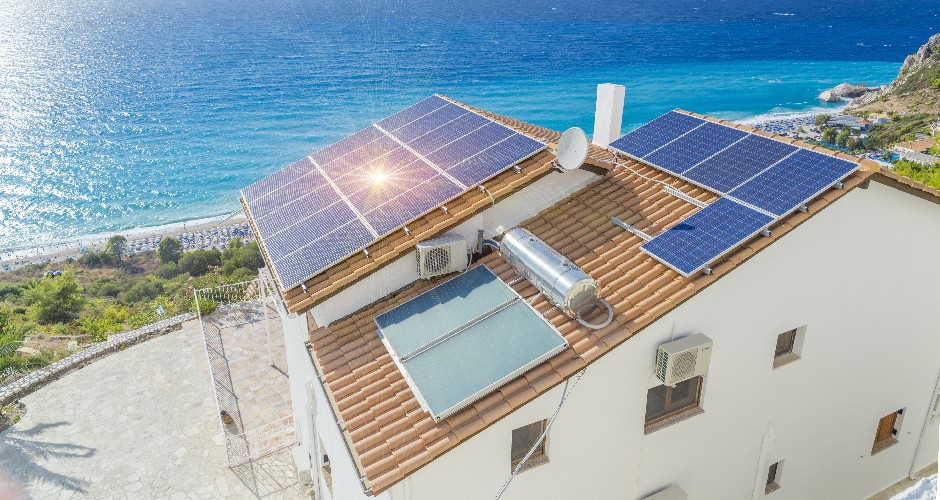Passive House and Energy-Positive building: two examples that prove ecological housing is possible

The fight against climate change is also present in the construction sector where, for many years, they have been developing initiatives that try to reduce the environmental impact of both new and renovated buildings.
Passive House and Energy-positive building are the two latest tendencies in the framework of efficient building. Both pursue the construction of buildings that are more respectful of the environment but their implementations are slightly different.
Passive House
It is an architectural method that originated in Germany three decades ago but has only recently started in Spain. Its objective is to end wastefulness of energy resources and contamination in the construction sector. Housing created using passive house follows the five basic principles and maintains the ideal interior atmospheric conditions and saves between 70% and 90% in energy consumption.
The five principles of passive house are optimum thermal insulation in exterior walls, high-performance glazing on doors and windows to guarantee perfect insulation, thermal-bridge-free detailing to avoid inner and outer windows from touching, controlled ventilation with heat recovery and airtight construction to reduce energy loss.
The houses built with passive house principles must be an example of sustainability and also have health benefits. Among these are air consumption with high amounts of oxygen thanks to intelligent air renovation, contact with sunlight or the decrease in exposure to contaminating materials.
Energy-Positive building
Energy-positive building is known in construction as buildings that are capable of generating more energy than was necessary to build them. They are buildings that instead of consuming energy, generate it, giving them the name. Some of the techniques that can be applied to achieve energy accumulation are insulation to maintain temperature, good air ventilation systems that avoid energy loss , the use of solar panels that take advantage of sunlight.
And what is done with the energy that is generated? The main objective of energy-positive building is for buildings to be self-sufficient. In other words, generate the energy necessary to maintain and support themselves. There is also the possibility to transfer excess energy to the main power grid reducing energy costs for all citizens.
Energy savings is not the only advantage of the construction of energy-positive buildings. These types of constructions also adapt to the European regulations of the construction sector that propose the enforceability of zero consumption and energy self-sufficient houses.



